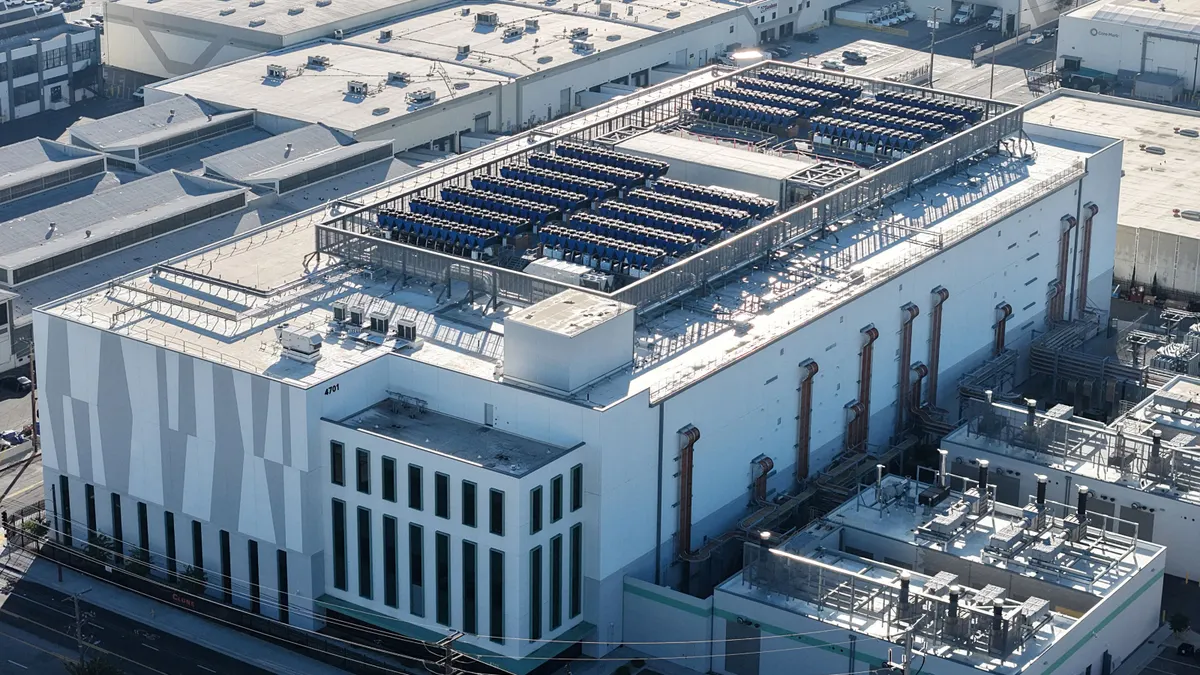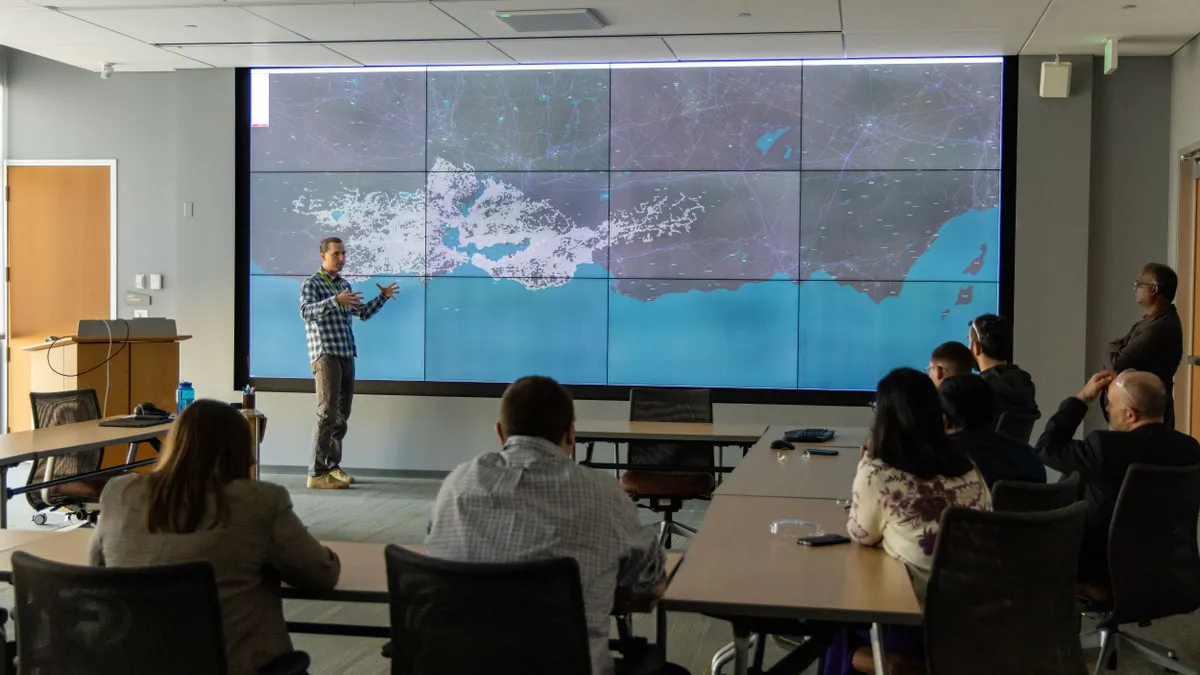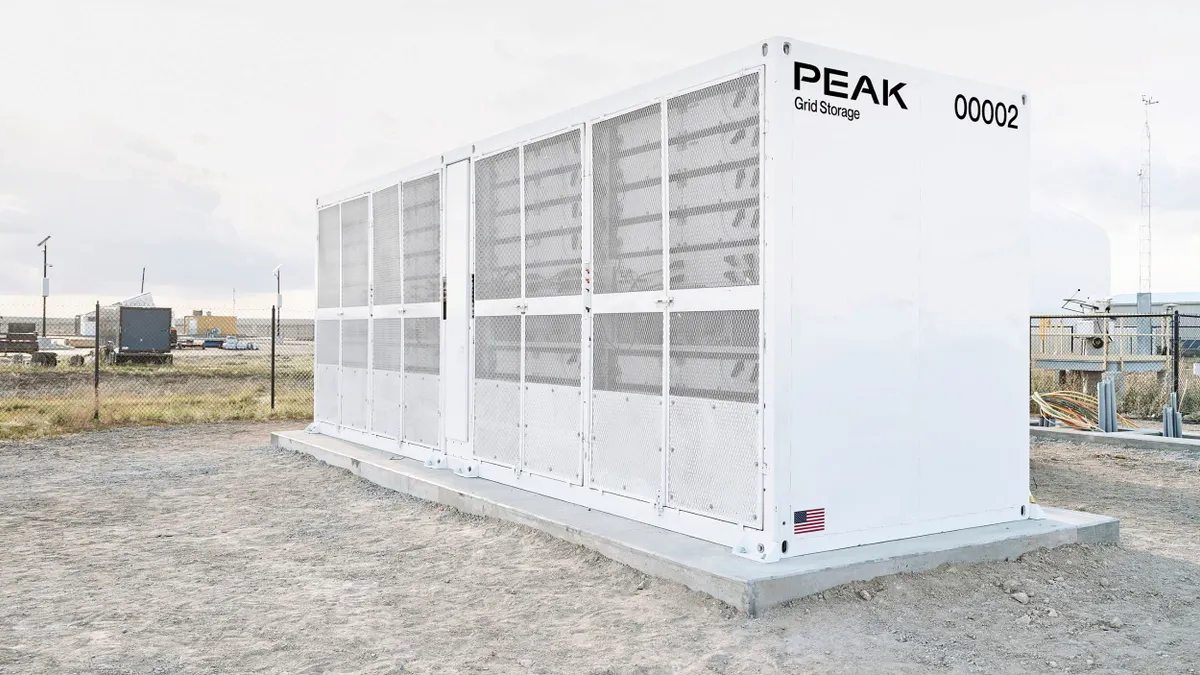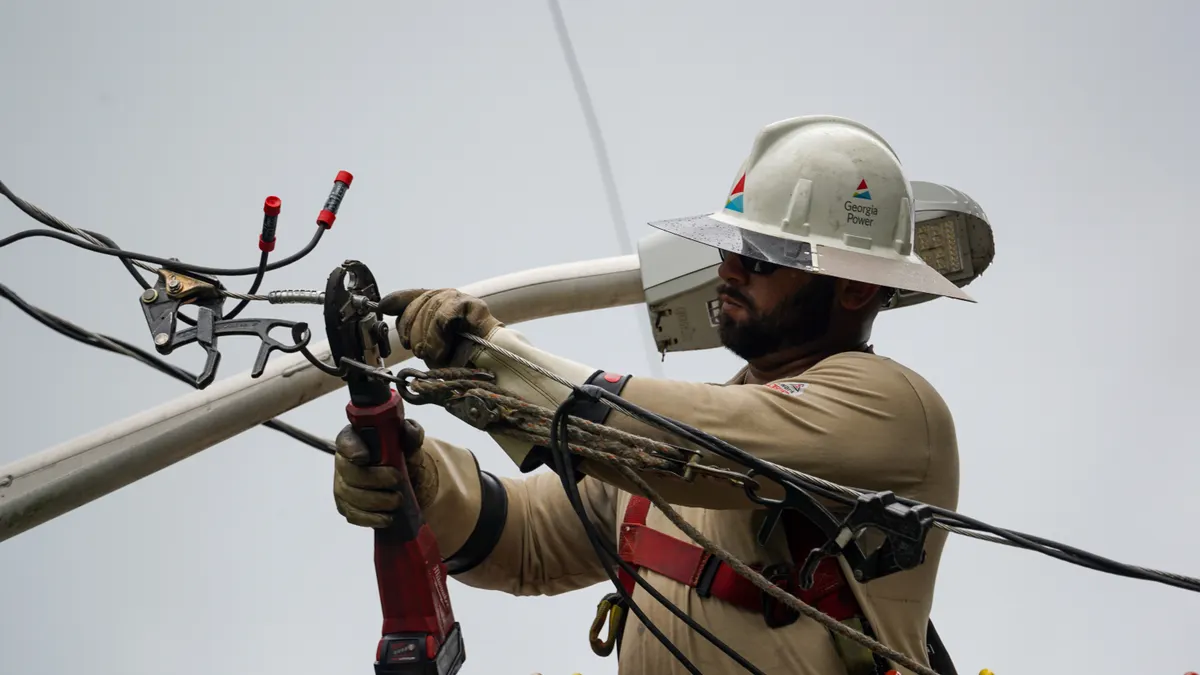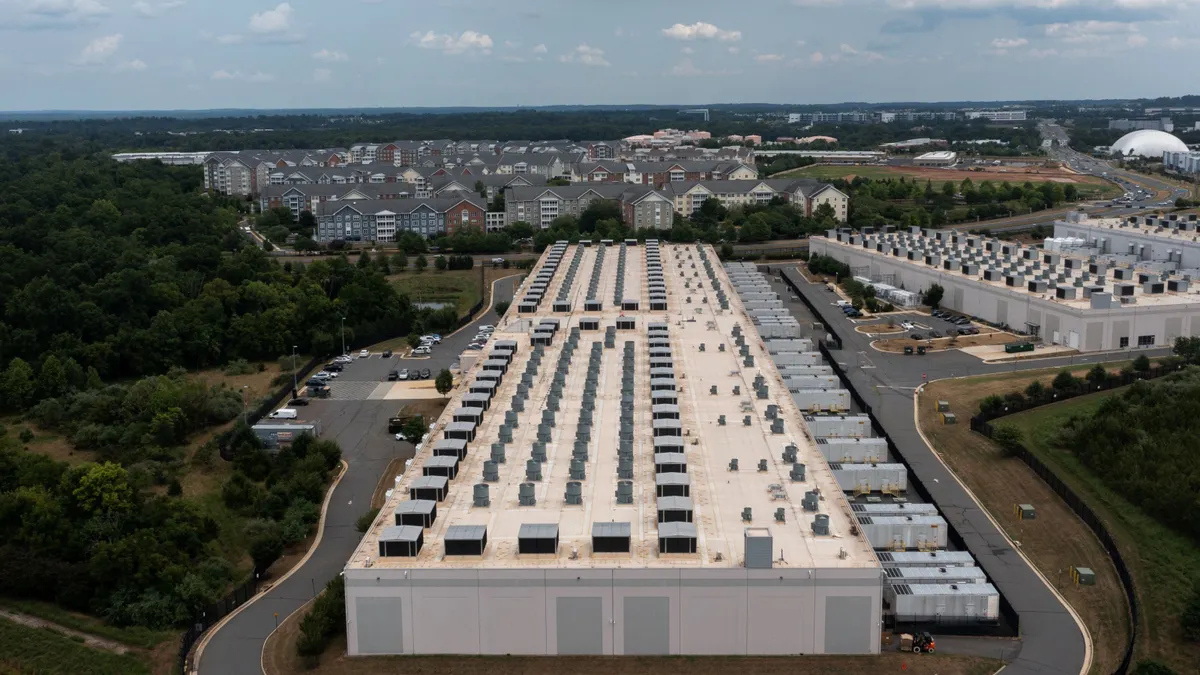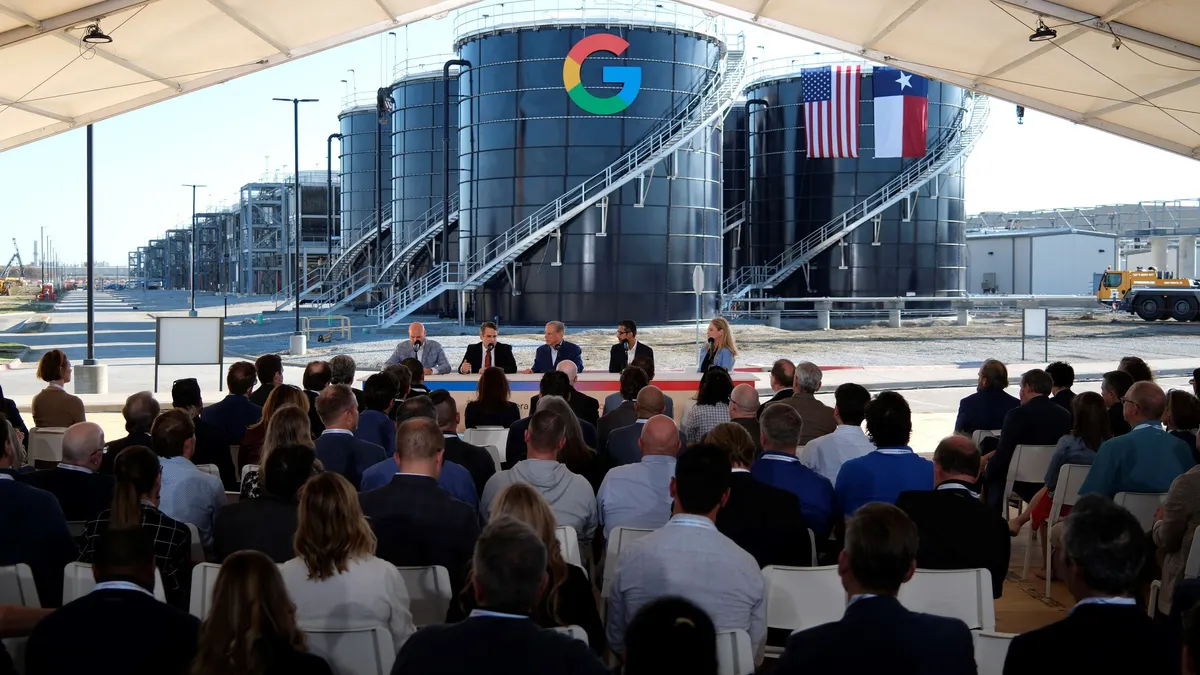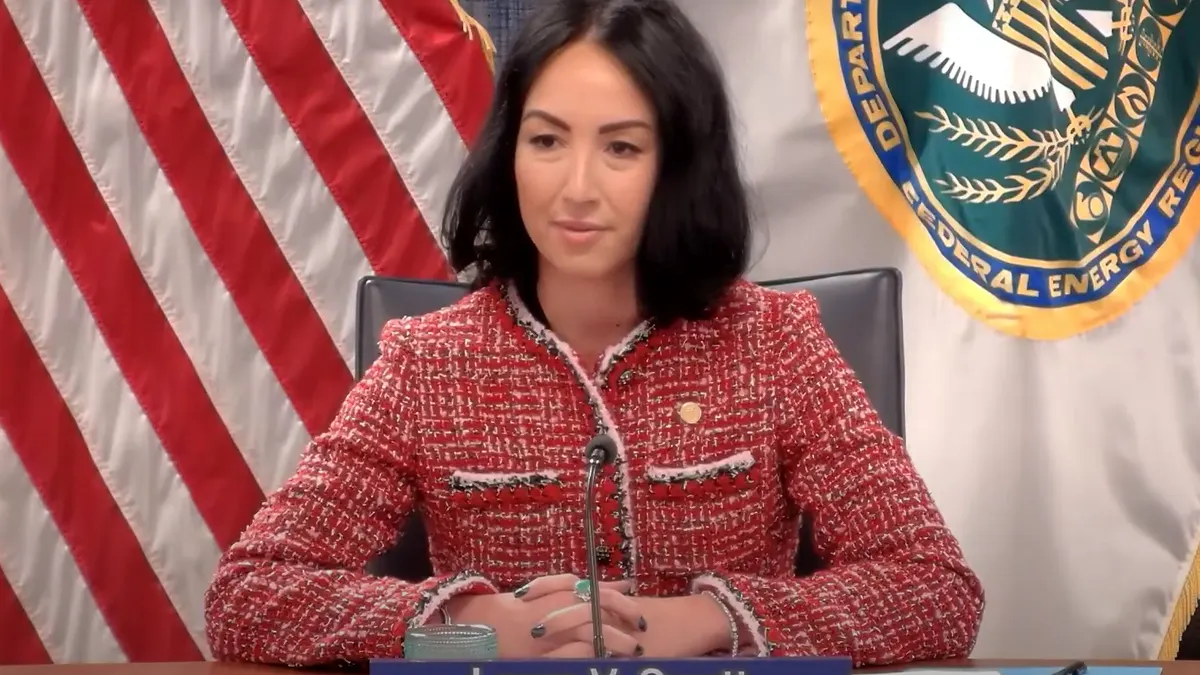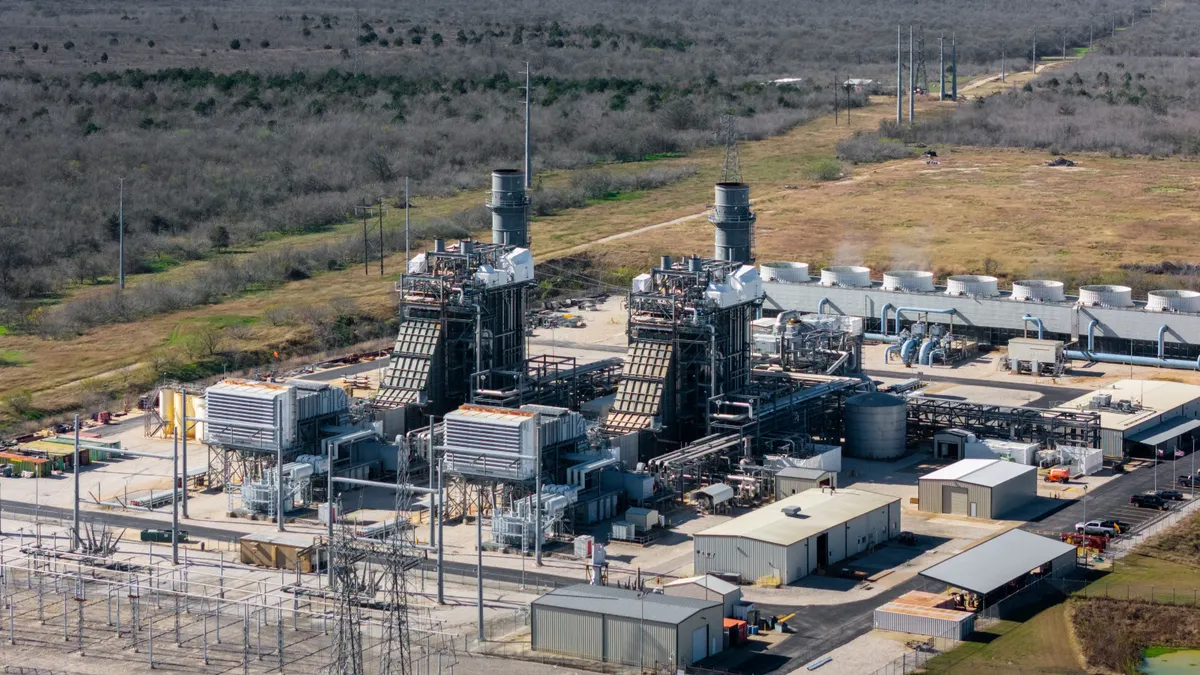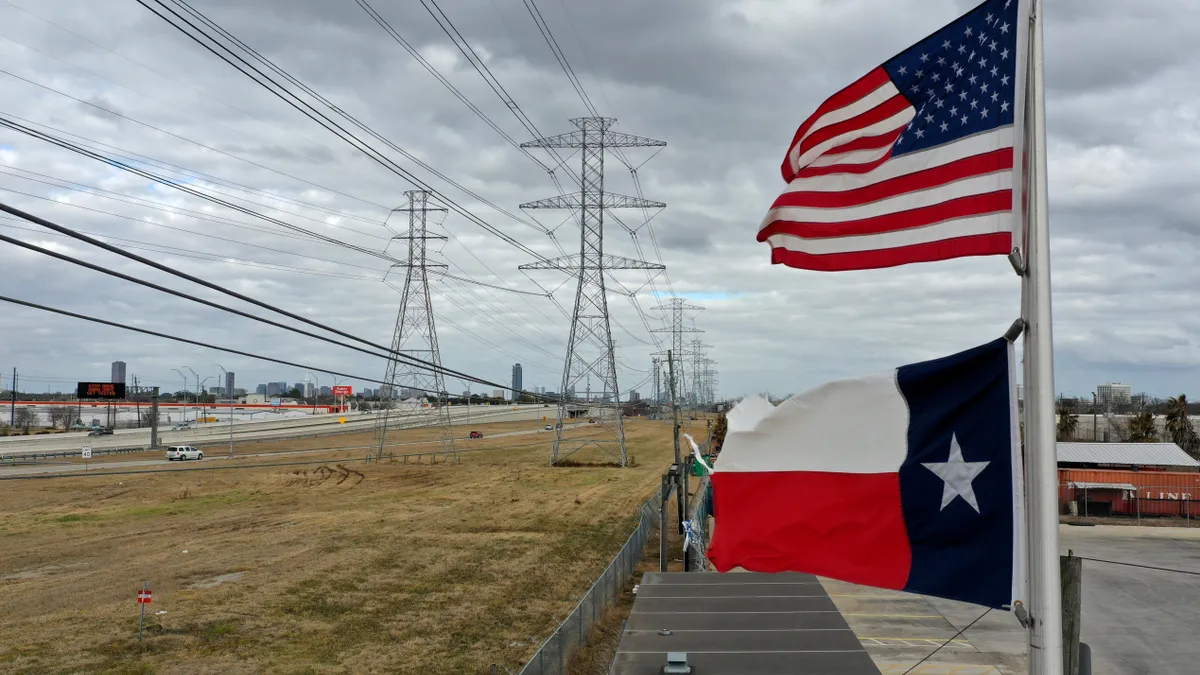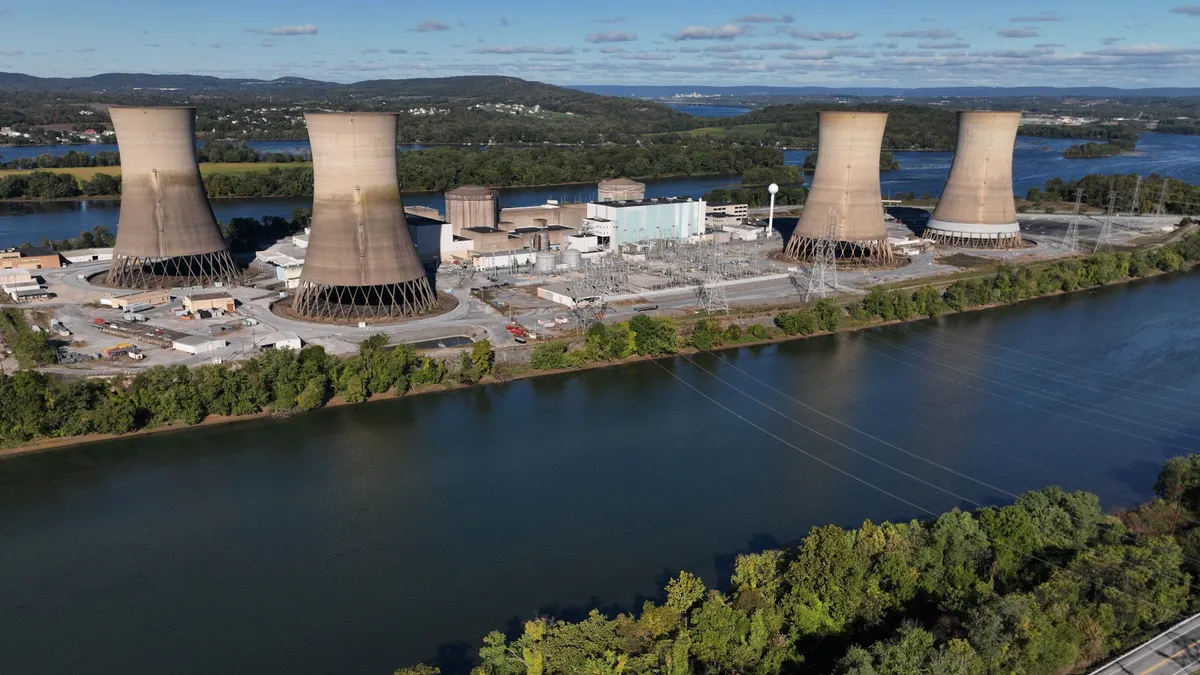The U.S. Department of Energy’s proposal for federal regulators to set rules for interconnecting data centers and other large loads to the transmission system has sparked major jurisdictional concerns, according to filings at the Federal Energy Regulatory Commission.
Under the Federal Power Act, states have jurisdiction over retail load interconnections, regardless of their size, as well as “end-use” electricity sales, the National Association of Regulatory Utility Commissioners told FERC on Friday.
FERC has never asserted jurisdiction over end-user load interconnections, NARUC said in response to a request for comments on the DOE’s request that the commission set rules for interconnecting large loads.
“The reason for this fact is that FERC asserting jurisdiction over load interconnection is outside the boundaries” of the FPA, NARUC said.
Also, states are responsible for determining rates for different customer classes, NARUC noted.
“If FERC were to assert jurisdiction over a service to a limited class of retail customers, it would interfere with the balancing performed by state regulators in retail rate cases, a determination that is solely a state decision,” said the group, which represents state utility regulators.
State lawmakers also raised concerns about DOE’s proposal.
“If jurisdiction for interconnection of large loads is claimed by the FERC, what is the process for determining how those large loads will impact an already strained power supply, and who bears responsibility for managing and mitigating the ensuing reliability concerns?” the National Conference of State Legislatures asked.
DOE’s proposal directing FERC to set standardized large-load interconnection rules includes 14 “principles”, including that new loads and co-located “hybrid” loads be responsible for all network upgrade costs that they cause. Also, reliability studies should be conducted when an existing power plant seeks to serve a new large load, according to DOE’s proposal.
About 150 comments were filed on the DOE’s proposal on Friday at FERC. Many appeared critical of expanding FERC’s role, though a data center trade group welcomed efforts to create a more uniform process nationally.
Reply comments are due Dec. 5. DOE asked FERC to issue a final rule by April 30. Below are highlights from a handful of those comments.
Grid operators
Directing regional transmission organizations and independent system operators to develop large-load interconnection queues could spark litigation and uncertainty over jurisdictional issues, according to the PJM Interconnection.
“PJM encourages FERC to seize available opportunities to issue nearer-term regulatory guidance on matters squarely within its wholesale and transmission jurisdiction about: resource adequacy, the provision of ancillary services, mandatory operational regimes, potential wholesale rate classes for different types of load customers, interconnection and transmission planning, cost allocation, and [North American Electric Reliability Corp.] and tariff reliability obligations and requirements,” PJM said.
The Midcontinent Independent System Operator told FERC that adopting standardized large load interconnection procedures could negate existing state-driven interconnection processes and work that has already been undertaken and is ongoing. States have approved or are considering more than 60 large load tariffs, according to the Smart Electric Power Alliance.
FERC should allow MISO and others to continue focusing on efficiently interconnecting large loads under processes that reflect the unique circumstances of their members, states, stakeholders and transmission systems, the grid operator said.
As an alternative to setting standardized rules, FERC could issue a “policy statement” to guide the industry processes for large load interconnections, MISO said.
Investor-owned utilities
The Edison Electric Institute, a trade group for investor-owned utilities, agreed with the DOE that transmission reliability studies must be conducted if existing power plants are going to be used to serve large loads.
“We also underscore that resource adequacy is a growing concern across the country; taking any generation that provides such service off the grid to serve a new large load raises significant reliability and affordability concerns,” EEI said. “The Commission must grapple with this reality and consider additional reforms to ensure that necessary incremental generation resources are available to address any resource adequacy concerns.”
Instead of paying for network upgrade costs, large loads should pay for their use of the transmission system, EEI said, noting that integrating large load customers will require “unprecedented” investment in transmission systems.
“Those investments must be made in a constructive and predictable environment that provides the opportunity to earn a return of and on the entirety of the transmission network, including the transmission upgrades necessary to interconnect new large loads,” EEI said.
FERC should clarify as soon as possible that existing large load processes and agreements will be unaffected by any new rules, EEI said.
Power suppliers
FERC’s rulemaking process should not affect advanced transactions or arrangements between large load customers and power suppliers or delay proceedings like the commission’s investigation into PJM’s rules for co-located loads, according to the Electric Power Supply Association.
Any new load interconnection process should allow for competitive transmission providers to participate in interconnecting large load projects, EPSA said. Also, any new processes shouldn’t affect the existing generation interconnection queue and they should respect competitive wholesale power markets, the trade group for independent power suppliers said.
Considering resource adequacy issues in deciding whether and at what cost to interconnect new large load would discriminate against that load and existing generators, according to EPSA.
“Under fundamental open access principles, there can be no such differentiated treatment between new and existing load or between new and existing generation,” the trade group said.
Data centers
In contrast to lawmakers and regulators, the Data Center Coalition expressed support for a standardized process, with caveats.
Currently, there is a patchwork of rules governing large load interconnections across the United States, creating uncertainty and delaying investments, according to the coalition.
“A more transparent, predictable and uniform approach to large load interconnections, particularly at the transmission level, would provide substantial benefits in terms of coordination, system reliability and economic development,” the DCC said.
Any new rules from FERC would need to have transition provisions that allow existing large load agreements and tariffs to continue under their terms and don’t require new interconnection studies for advanced stage projects, the group said.
Rules should also support stand-alone data centers that procure power from the wholesale market and other sources, according to the DCC.
Ratepayer advocates
Ratepayer advocates slammed DOE’s proposal as an “unprecedented expansion” of FERC’s jurisdiction that lacks key details and relies on inaccurate claims and unsupported statements, the National Association of State Utility Consumer Advocates said.
By allowing generators to directly serve large loads, the proposal ignores state laws that give utilities the exclusive right to serve customers in their service territories, NASUCA said.
“The [proposal] implies that large loads could bypass retail providers in states that do not have retail choice in order to take power directly from a wholesale market,” the group said.
NASUCA decried DOE’s April 30 deadline for a final decision from FERC.
“It is patently unreasonable and would be bad public policy for FERC to use an expedited process to extend its jurisdiction in an unprecedented manner and attempt to develop the implementation regulations necessary to protect traditional retail loads from improper cost shifts,” NASUCA said.



